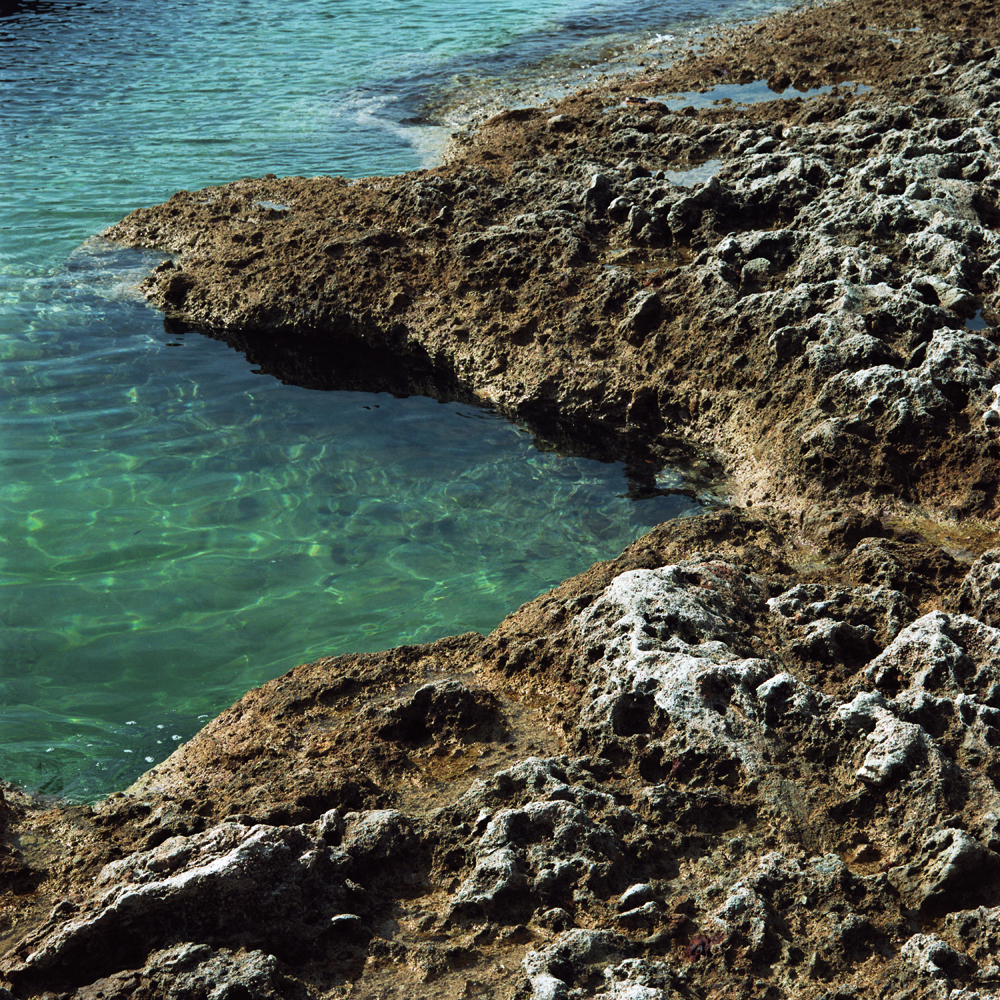Masako Kakizaki's photographs of her native Aomori Prefecture for "Aononymous: Full Circle" are nuanced and ambivalent. They do not project a sense of dominion, with grand open views out to a far horizon, but are rather an examination of land as geological textures and forms.
"I photograph landscape like it's skin" Kakizaki tells me at her exhibition at the Poetic Scape gallery in Nakameguro.
Kakizaki accompanies her visual work with poetry. When she writes, "To the living layers, built up over thousands of years, I wish to be in tune" in her exhibition booklet, "Aononymous: Hai" ("Aononymous: Lungs"), it tells us that she is not awed by nature in the romanticist tradition, in which an existentialist threat is implied. Rather, her desire is to portray an acceptance of her own materiality and, like the literati painters of the Chinese Ming Dynasty (1368-1644) or Edo Period (1603-1868) Japan, she expresses a personal interpretation of nature, sensitive to its rhythms and presuming of a (relatively) benign connection with the cosmos.



